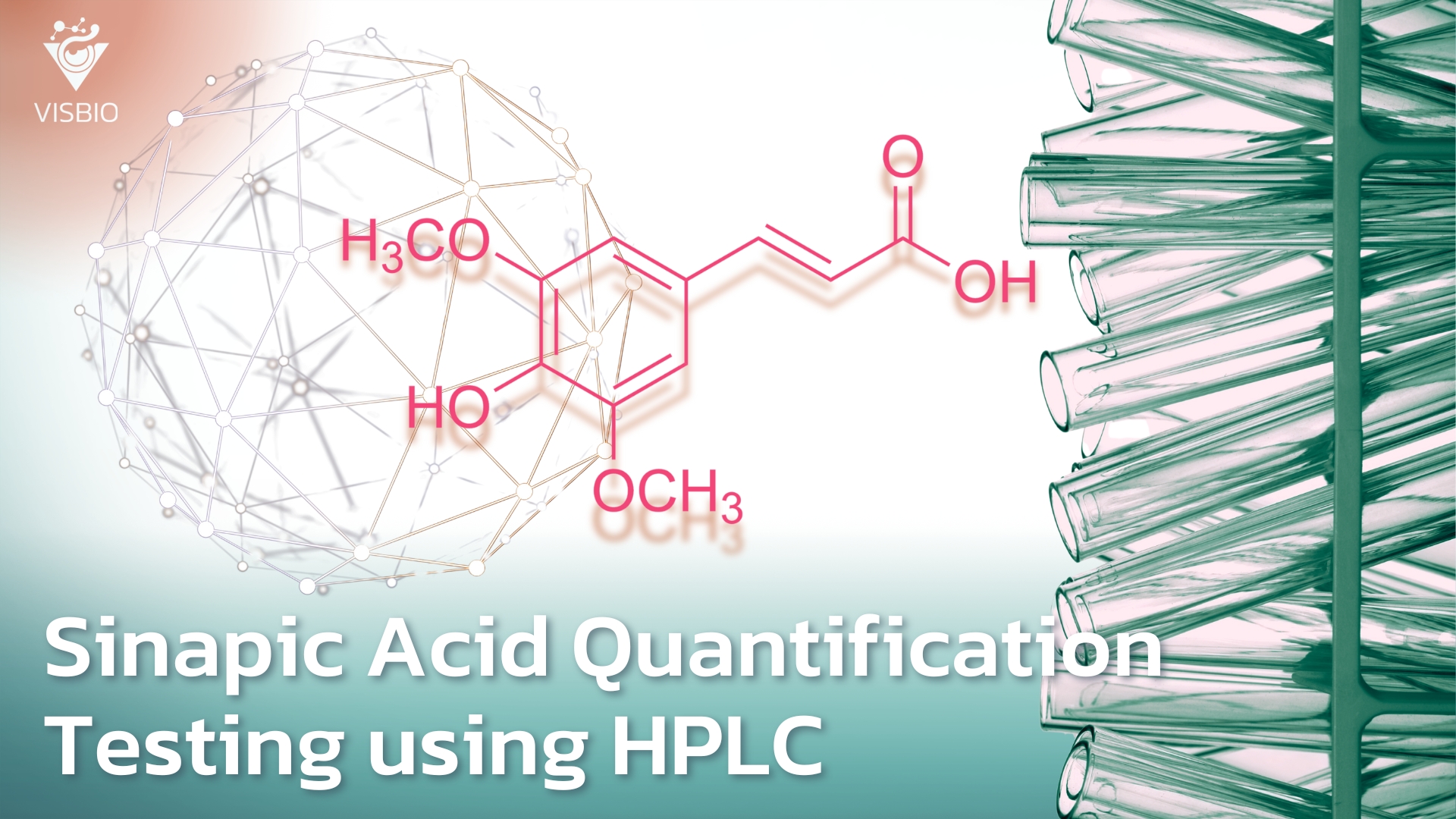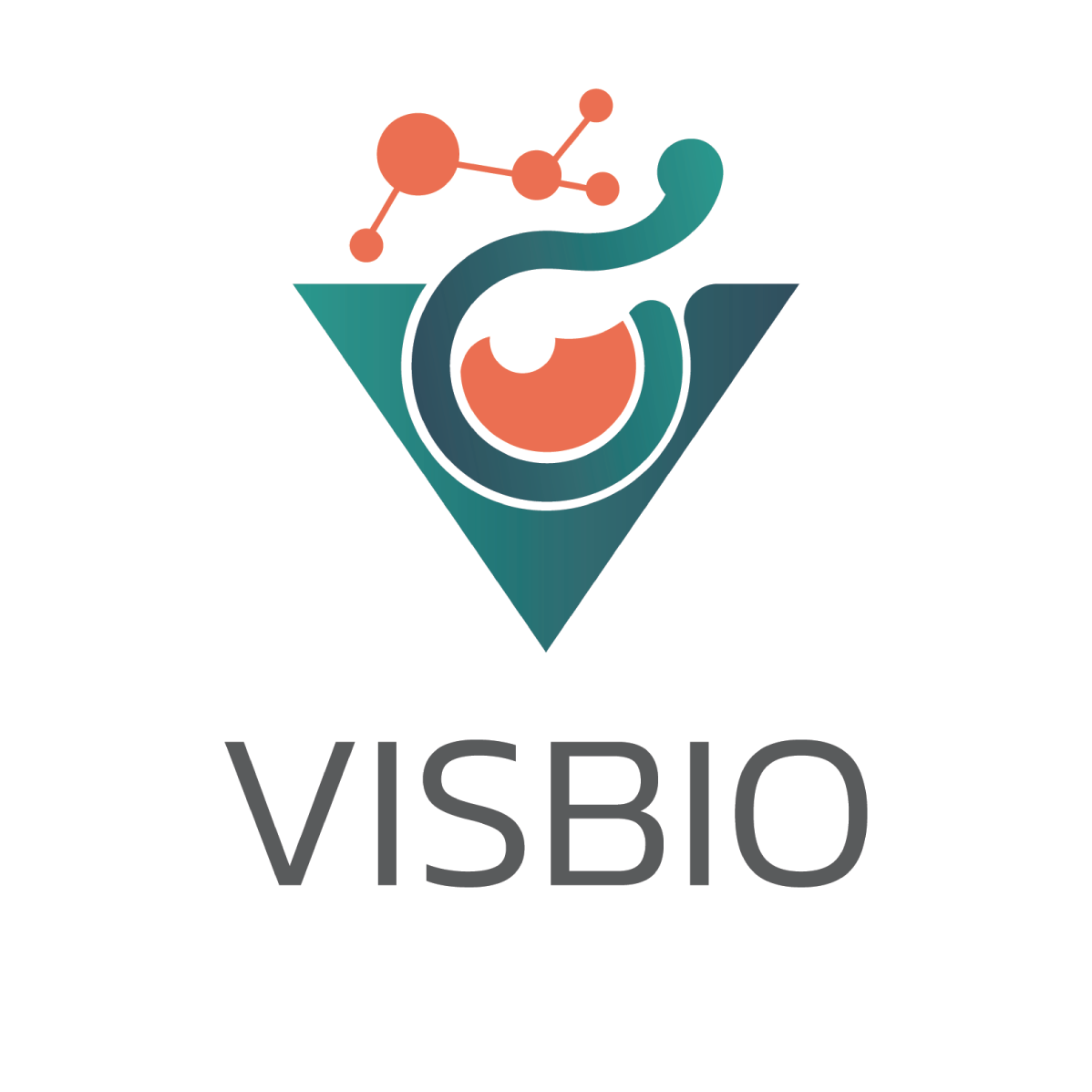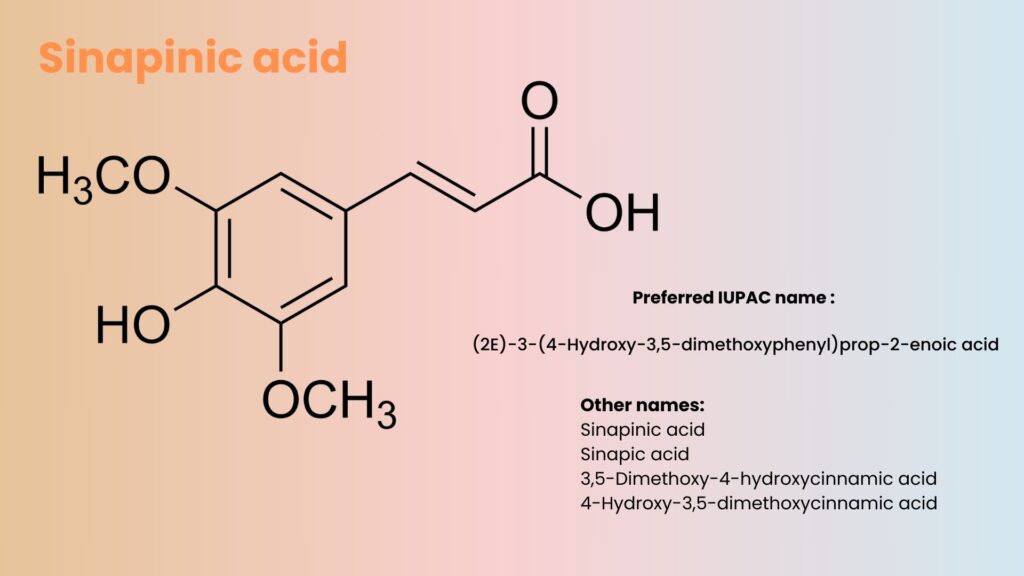
Information on Sinapic Acid Quantification Testing Using HPLC Technique
Modern consumers are increasingly health-conscious and beauty-oriented. Natural extracts with bioactive properties have thus gained immense popularity. Among them is Sinapic Acid, a phenolic compound abundant in various beneficial properties. Sinapic Acid possesses vital bioactive properties, including antioxidant, anti-inflammatory, blood sugar-lowering, and UV protection effects. These properties have positioned Sinapic Acid as a focal point for applications in various industries, such as food, cosmetics, and pharmaceuticals.
To ensure product quality, safety, and adherence to standards, precise control over the Sinapic Acid content is crucial. We offer Sinapic Acid quantification testing services using HPLC across a wide range of products.
Sinapic Acid, a phenolic compound, exhibits remarkable antioxidant and anti-inflammatory capabilities, along with benefits for skin health. It is thus widely incorporated as a key ingredient in dietary supplements, cosmetics, and food products. Ensuring consistent product quality, safety, and compliance with standards necessitates meticulous control of Sinapic Acid levels. Our Sinapic Acid quantification testing service using HPLC (High Performance Liquid Chromatography) effectively addresses this need. Employing cutting-edge technology, HPLC offers high precision and rapid analysis, making it an indispensable tool for brand owners, manufacturers, and researchers to efficiently control the quality of raw materials, production processes, and finished products.
Brand owners can utilize our Sinapic Acid quantification testing service to instill confidence in the quality and standards of their products, build brand credibility, and cater to the demands of health-conscious consumers. Manufacturers can leverage this service to oversee raw material quality, refine production processes, and effectively develop new products. Researchers can harness the benefits of this service to study, analyze, and enhance products containing Sinapic Acid for maximum efficacy.
What is Sinapic Acid?
Sinapic Acid (SA) is an organic compound classified as a hydroxycinnamic acid. Its molecular structure comprises a benzene ring, hydroxyl groups, and methoxy groups. It is a phenolic compound commonly found in plants, playing a crucial role in protecting them from UV radiation and pathogenic attacks. However, the distinctive properties of Sinapic Acid that have captivated the health and beauty industry are its antioxidant, anti-inflammatory, and numerous other beneficial attributes.
Where is Sinapic Acid?
Sinapic Acid is present in various plants, particularly cruciferous vegetables like broccoli, cauliflower, and kale, which are rich in Sinapic Acid, especially in their leaves. It is also found in cereals such as oats and barley, fruits like red grapes and blackberries, and spices like cinnamon. Regular consumption of these foods effectively supplements the body with Sinapic Acid, contributing to overall health.
Benefits of Sinapic Acid for Health and Beauty
Extensive research has highlighted the remarkable bioactive properties of Sinapic Acid, demonstrating significant benefits for health and beauty, such as:
- Antioxidant Activity: Sinapic Acid is an exceptional antioxidant that safeguards cells against damage caused by free radicals, which contribute to various chronic diseases like cancer, cardiovascular diseases, Alzheimer’s disease, and diabetes.
- Anti-inflammatory Activity: Sinapic Acid possesses the ability to reduce inflammation in the body, alleviating symptoms associated with inflammatory conditions such as rheumatoid arthritis, dermatitis, and inflammatory bowel disease.
- Blood Sugar-Lowering Activity: Studies in animals have revealed that Sinapic Acid may help lower blood sugar levels and increase insulin sensitivity, proving beneficial in preventing and managing diabetes.
- UV Protection Activity: Sinapic Acid exhibits UV absorption properties, shielding the skin from the harmful effects of sunlight, reducing the risk of wrinkles, dark spots, and skin cancer.
- Antibacterial and Antifungal Activity: Sinapic Acid exerts an inhibitory effect on the growth of certain bacteria and fungi, potentially leading to applications in the development of pharmaceuticals, food products, and cosmetics.
Sinapic Acid in Product Development
The versatile benefits of Sinapic Acid have made it highly sought-after in various industries, allowing for its extensive application in product development, such as:
- Dietary Supplements: Sinapic Acid in the form of capsules, powders, or beverages can help promote health, prevent diseases, and delay aging.
- Cosmetics: Sinapic Acid is a popular ingredient in skincare products, serums, and sunscreens, helping reduce wrinkles, dark spots, and blemishes, promoting brighter skin, and protecting it from sunlight.
- Food Products: Sinapic Acid enhances nutritional value, extends shelf life, and improves the taste of food products like bread, cereals, and beverages.
- Pharmaceuticals: Sinapic Acid holds potential in the development of drugs, including anti-inflammatory agents, antidiabetic medications, and anticancer drugs.
Sinapic Acid Quantification Testing using HPLC
High Performance Liquid Chromatography (HPLC) is a technique used to separate, identify, and quantify various compounds in a sample. Its accuracy, sensitivity, and rapid analysis time have made HPLC a highly popular technique.
Our Sinapic Acid quantification testing service using HPLC assists:
- Brand Owners: Ensuring the quality of raw materials and products, controlling Sinapic Acid content to meet standards, and building brand credibility.
- Manufacturers: Monitoring quality throughout the production process, from raw materials and production procedures to finished products, to ensure high-quality, safe, and standardized products.
- Researchers: Studying, analyzing, and developing products containing Sinapic Acid with enhanced efficiency.
Literature:
- Nićiforović, N., & Abramovič, H. (2014). Sinapic acid and its derivatives: natural sources and bioactivity. Comprehensive Reviews in Food Science and Food Safety, 13(1), 34-51.
- Kyung-Jin Yun, Duck-Jae Koh, Shi-Hye Kim, Seung Jae Park, Jong Hoon Ryu, Deog-Gon Kim, Jin-Yong Lee, and Kyung-Tae Lee. 2008. Anti-Inflammatory Effects of Sinapic Acid through the Suppression of Inducible Nitric Oxide Synthase, Cyclooxygase-2, and Proinflammatory Cytokines Expressions via Nuclear Factor-κB Inactivation. Journal of Agricultural and Food Chemistry (Volume 56, Issue 21, pages 10265-10272)




